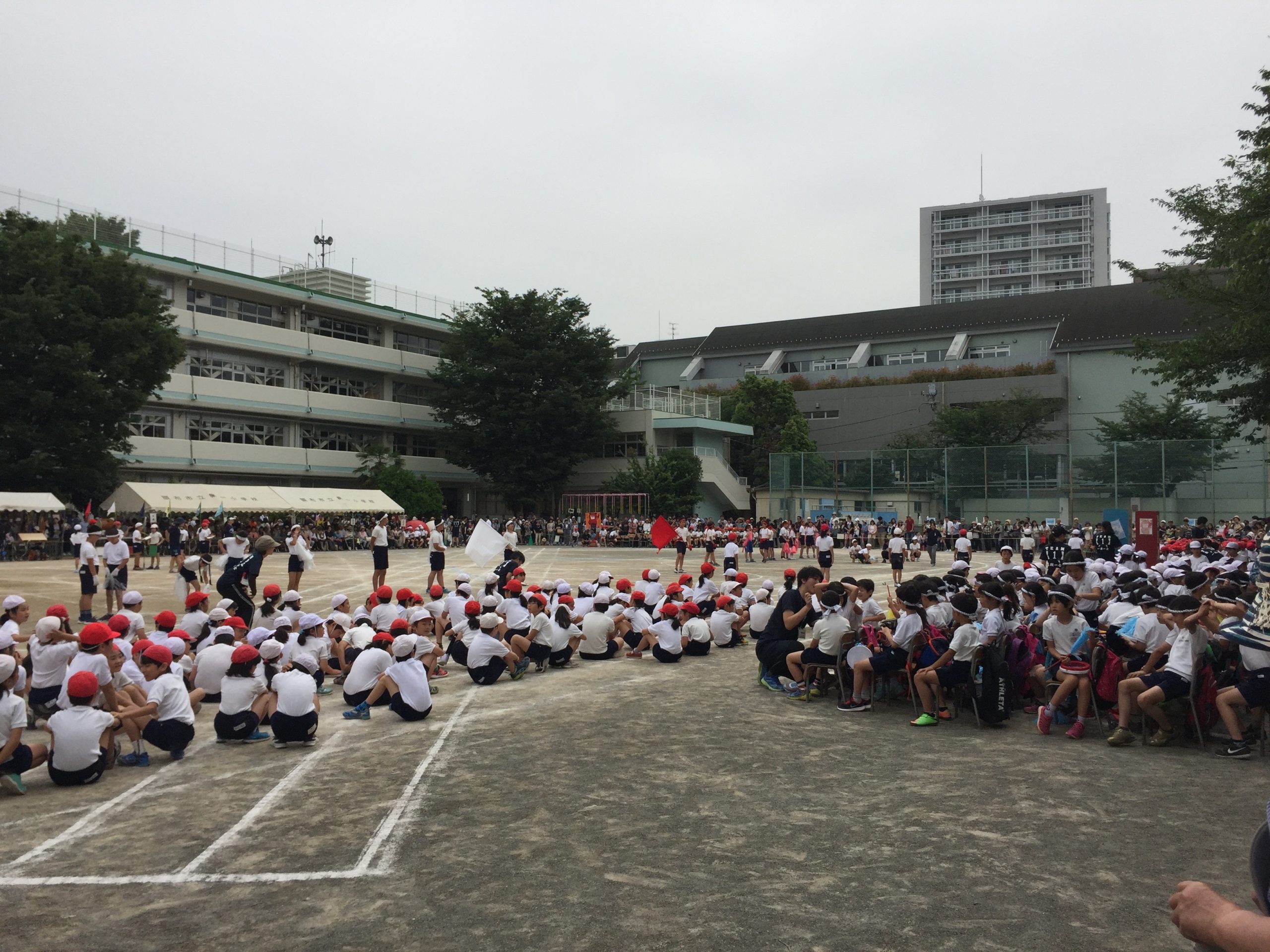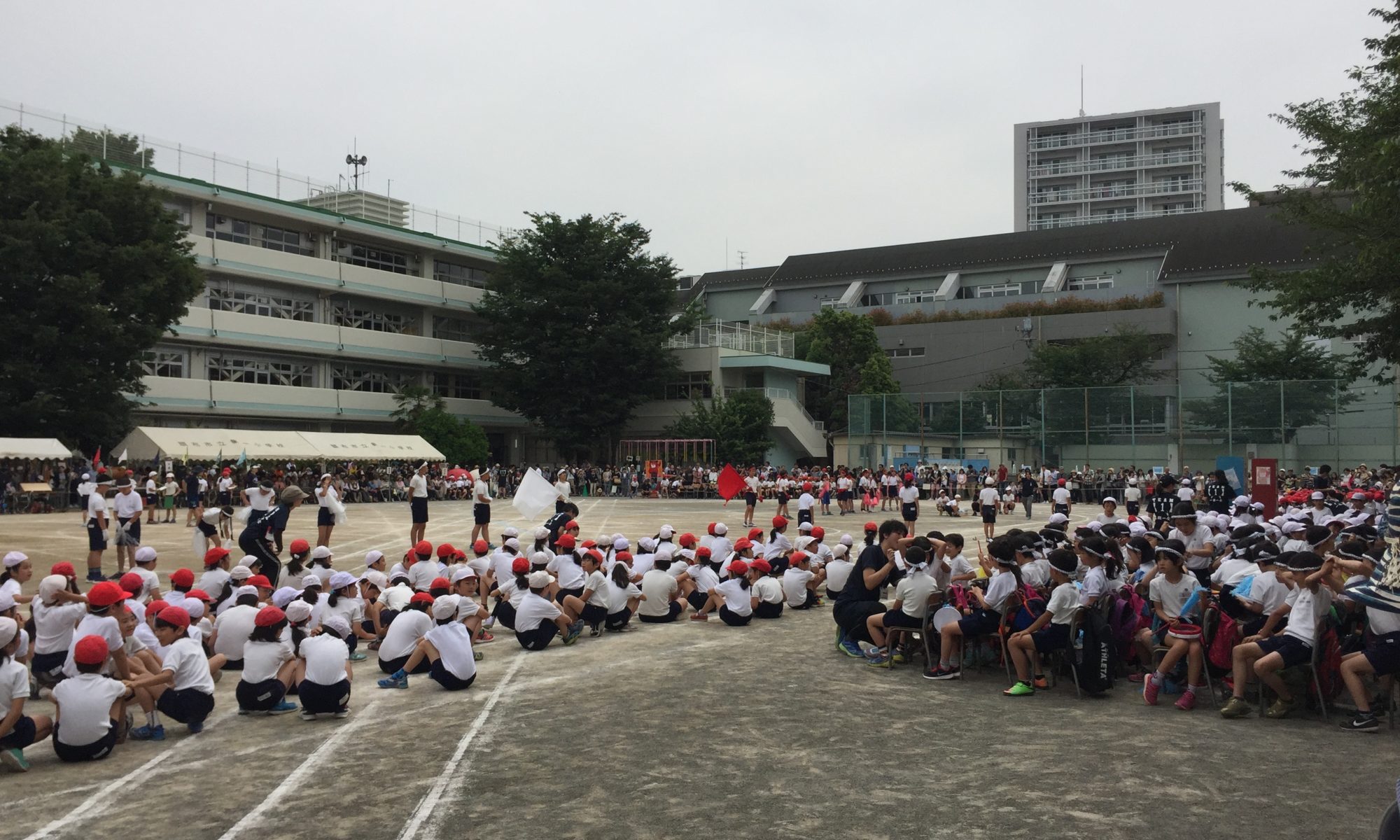On-demand materials navigation bar: IJS homepage, Wk1, Wk2, Wk3, Wk4, Wk5, Wk6, Wk7, Wk8, Wk9, Wk10, Wk11, Wk12, Wk13
Week 9: Education – compulsory education, higher education, qualifications and training
Statistical Handbook of Japan:
Read Chapter 16, “Education and Culture”
The Japanese Education System
Make sure you read through Chapter 16 of the Statistic Handbook of Japan, “Education and Culture”.
There are lots of other materials available at the Ministry of Education (MEXT) website and YouTube channel. See this history of the education system in English and Japanese. And these two videos describe life at elementary school.
Let’s now pick up some of the topics raised in the lecture.
Childcare: First of all, here is the problem of day care for mothers. This Mainichi Newspaper article from 2016 gives the Nihon shine! blog in English translation (here is a link to the original “a society in which women shine” policy).
The problem of day care is even more acute for children with disabilities. For an introduction to special needs education in Japan, see the article by Taro Numano, and Ben Dorman’s article on the challenges of raising his autistic son in Japan. Both are listed below in Academic Articles for ALHP Section.
Japanese educational performance in international comparison: Here are the strong scores in Programme for International Student Assessment (PISA, 2018), contrasted with poor performance in Times Higher Education University Rankings (select Japan in the countries filter), measures of critical thinking and “real world issues”, and poor ability in speaking English. Here is the OECD’s page giving various statistics relating to Japanese education in international comparison.
What is the purpose of education? Is it training? … We have already heard about the technical interns program that brings foreign workers to Japan as “trainees”. Here is the official website. JITCO, Technical Intern Training Program. But the video below (from 2017) reveals some of the problems with the programme. Similar arguments are in this article, also by the Tokyo correspondent of the Guardian newspaper, Justin McCurry, “Fears of Exploitation”.
Or is the purpose of education turning you into a good, loyal citizen? This often relates to history education. The textbooks in use at Japanese schools can be a source of controversy, particularly when they are junior high school history textbooks. This article on the Ministry of Foreign Affairs website explains the Textbook Examination Procedure. If you are interested in the history textbook controversy, read the two articles by Mark Mullins and by Mark Selden and Yoshiko Nozaki in the Academic Articles for ALHP Section below.
Academic Articles (for the Active Learning Hours Portfolio):
Hiroyuki Nomoto, “Multicultural and Multiethnic Education in Japan”
Yasuo Saito, “Gender Equality in Education in Japan”
Taro Numano, “Special Needs Education in Japan”
Ben Dorman, “Looking in the Mirror”
Mark Mullins, “Neonationalism, Religion, and Patriotic Education in Post-disaster Japan”
Selden and Nozaki, “Japanese Textbook Controversies, Nationalism and Historical Memory”

